
Dr. Robert DiPilla
Over the past several years, dentistry has taken a drastic change with new advances continuing to develop at an exponential rate. Digital advancements have allowed communication to become much more beneficial for one’s practice. As dental professionals, one must know that communication between the dentist and laboratory forms the heart and soul of not only their relationship but also their business. Since the emergence of the digital age and the Internet, digital dentistry has been shown to be on the rise.
Dentists who strive to take the first step into the digital workflow can start with an intraoral scanner or camera. Today, there are over 30 different intraoral cameras available on the market, all of which offer the same goal—improved diagnosis, treatment planning, and patient education. The advantages of using an intraoral camera are the ability to quickly capture an enhanced image to supplement one’s diagnosis. Having a digital platform as such allows collaboration with the patient, technicians, and various specialties, thus increasing case acceptance with an enhanced visual image. The assistance these aids offer in diagnosing alone allows for an easy transition when considering incorporating digital dentistry into one’s practice (Figure 1).
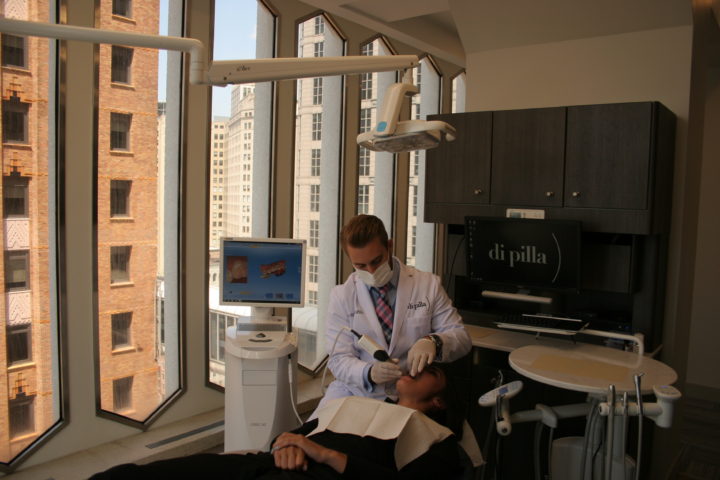
Figure 1
Over the past 20-30 years, another platform that has been on the forefront of dentistry is CEREC. This platform allows users to take that extra step into the digital world of dentistry. One feature that has been increasingly effective is digital impressions. Digital impression taking allows one to acquire perfect impressions without the hassle of wasting impression material, and the patient’s time, as well as the operator’s. This is done by using one of the many specialized intraoral cameras on the market, such as Omnicam, TRIOS, ITero, etc. The intraoral scanner we use at our practice is Sirona’s Omnicam, which allows us to capture the perfect impression with its anti-shake feature that eliminates any and all substandard images. Sirona’s Omnicam scanner, like many now on the market, records 3D data with the convenience of being powder-free. The list goes on with the advantages of this scanner; however, understanding all the features a specialized intraoral camera offers is most important (Figures 2-4).
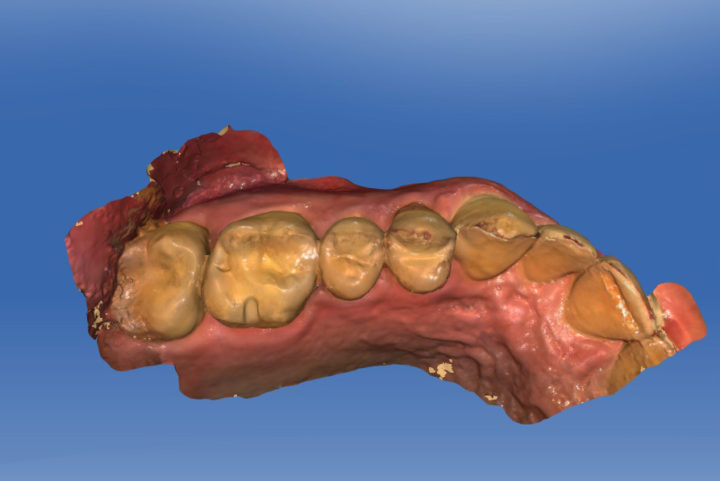
Figure 2
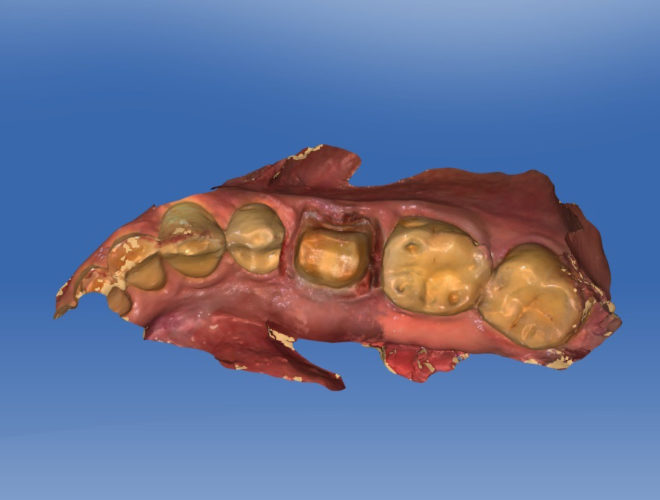
Figure 3
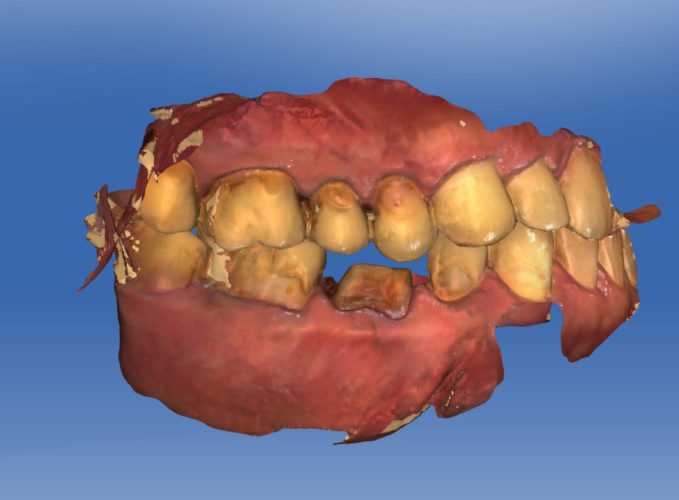
Figure 4
Although many dentists still prefer traditional impression taking, specialized intraoral cameras and their advancements are the future of dentistry. With new features continually arising, digital impressions are now proven to be incredibly accurate. So accurate that delivery appointments are astonishingly quicker. In the article, “Successfully Integrating Digital Impressions into the Practice,” written by a certified dental technician states, “the level of accuracy of these resulting restorations from digital impressions can shorten delivery appointments to 5-10 minutes. This level of accuracy can dramatically change the workflow of a practice, while also reducing its overhead.” As we all know, many factors apply to a successful crown seat—adequate preparations and retraction. It is also imperative that the laboratories are knowledgeable of this technology (Figures 5-9).

Figure 5: Corr Dental Designs laboratory technical department
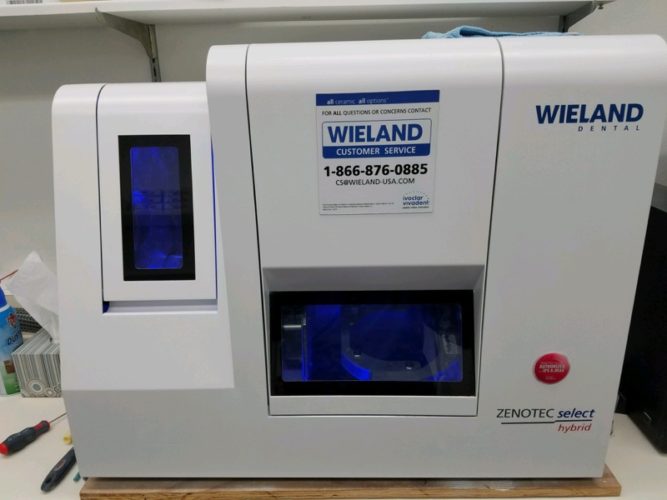
Figure 6
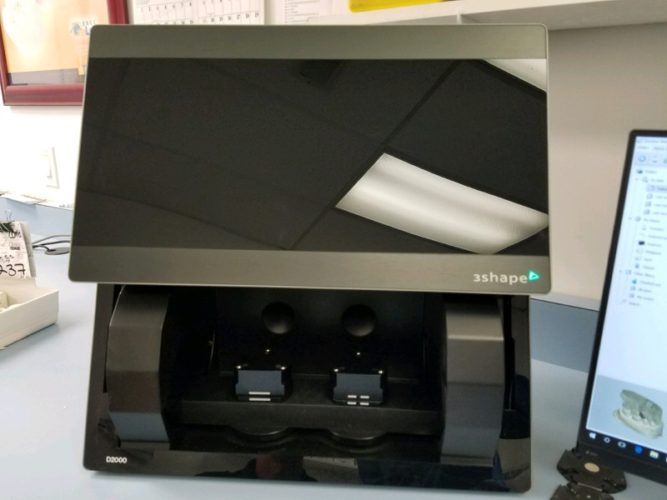
Figure 7
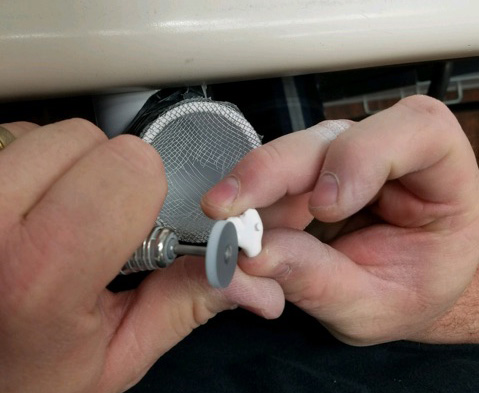
Figure 8

Figure 9
Not only is this technology beneficial for us practitioners and our patients, but also for our laboratories. Discussion on a particular case can be assessed much quicker via digital impressions compared to shipping a case. This allows for a faster return and completion of cases, thus increasing productivity. Another benefit is the elimination of die trim issues. When a laboratory technician has a difficult time detecting the margins, the case becomes delayed. With a digital impression, the dentist, assistant, and technician can detect the margin much easier with a full-screen 3-D scan. Digital impressions have also been shown to eliminate failed cases due to distortion of impression material. The scan produces a virtual model, which can be viewed by the dentist and assistant from every angle to ensure its accuracy. Digital impressions can also enhance the image of the practice in the eyes of the patient by offering the newest technology. Many benefits for the practitioner and laboratory going digital are outlined in the article mentioned above, you can read it at https://www.dentalaegis.com/ida/2012/04/integrating-digital-impressions-into-a-practice.
Digital scanning with a specialized intraoral camera can be an effective way to set a practice apart. Although the transition process may be troublesome, to experience the most success with digital technology the team must be 100% committed to taking the leap. It is our obligation to recognize that times are changing; therefore, we must become familiar with the advanced technology this field has to offer. By doing so, we can successfully provide the most optimal treatment for our patients.
If you have questions about my article or if you would like to send a case, please contact the Pacific Aesthetic Laboratory Group at www.pacificaestheticdentalstudio.com, Gary Vaughn, CDT, CTO (916) 786-6740, or via email gvaughn@thePAC.org.
